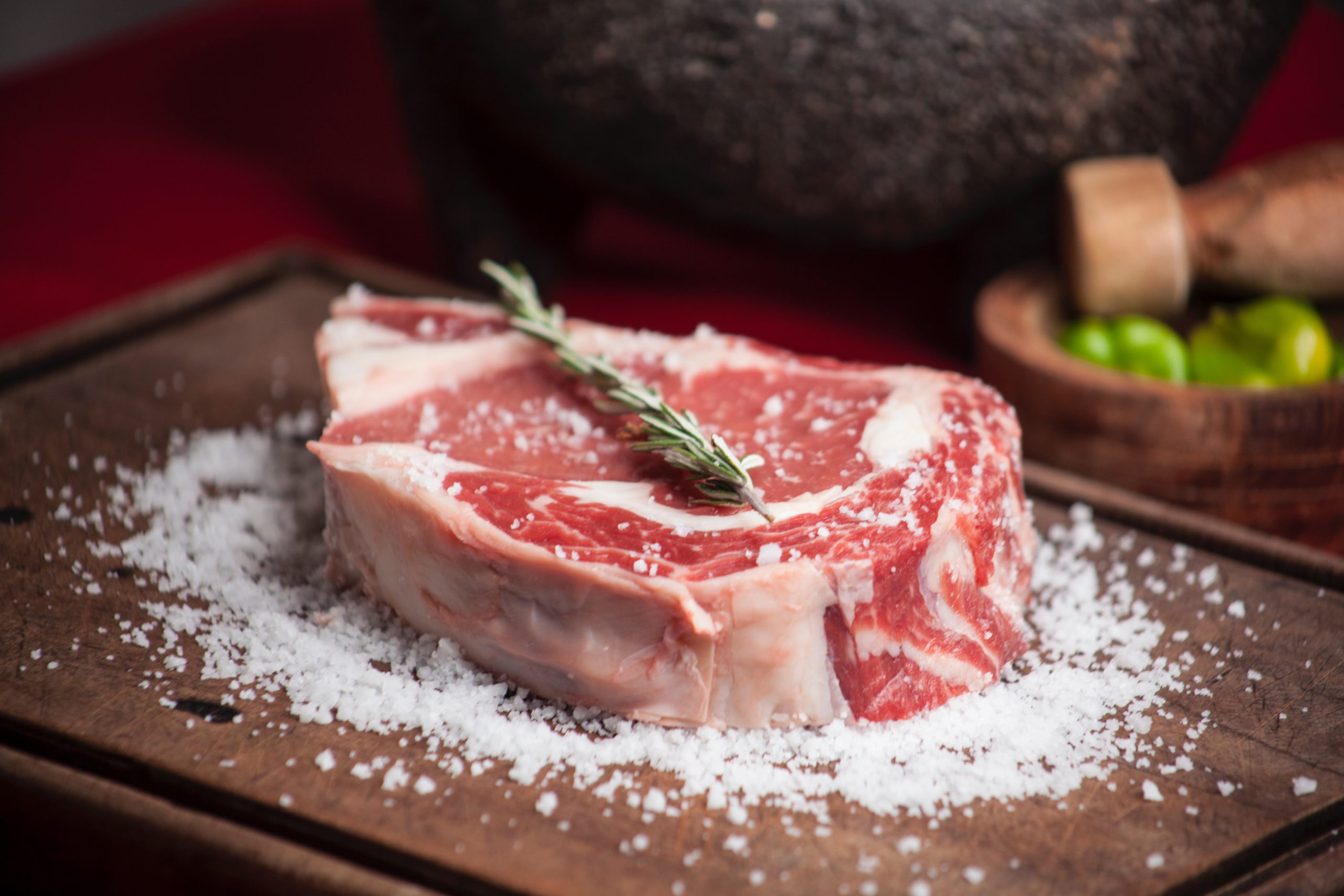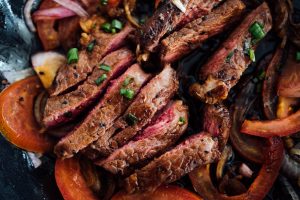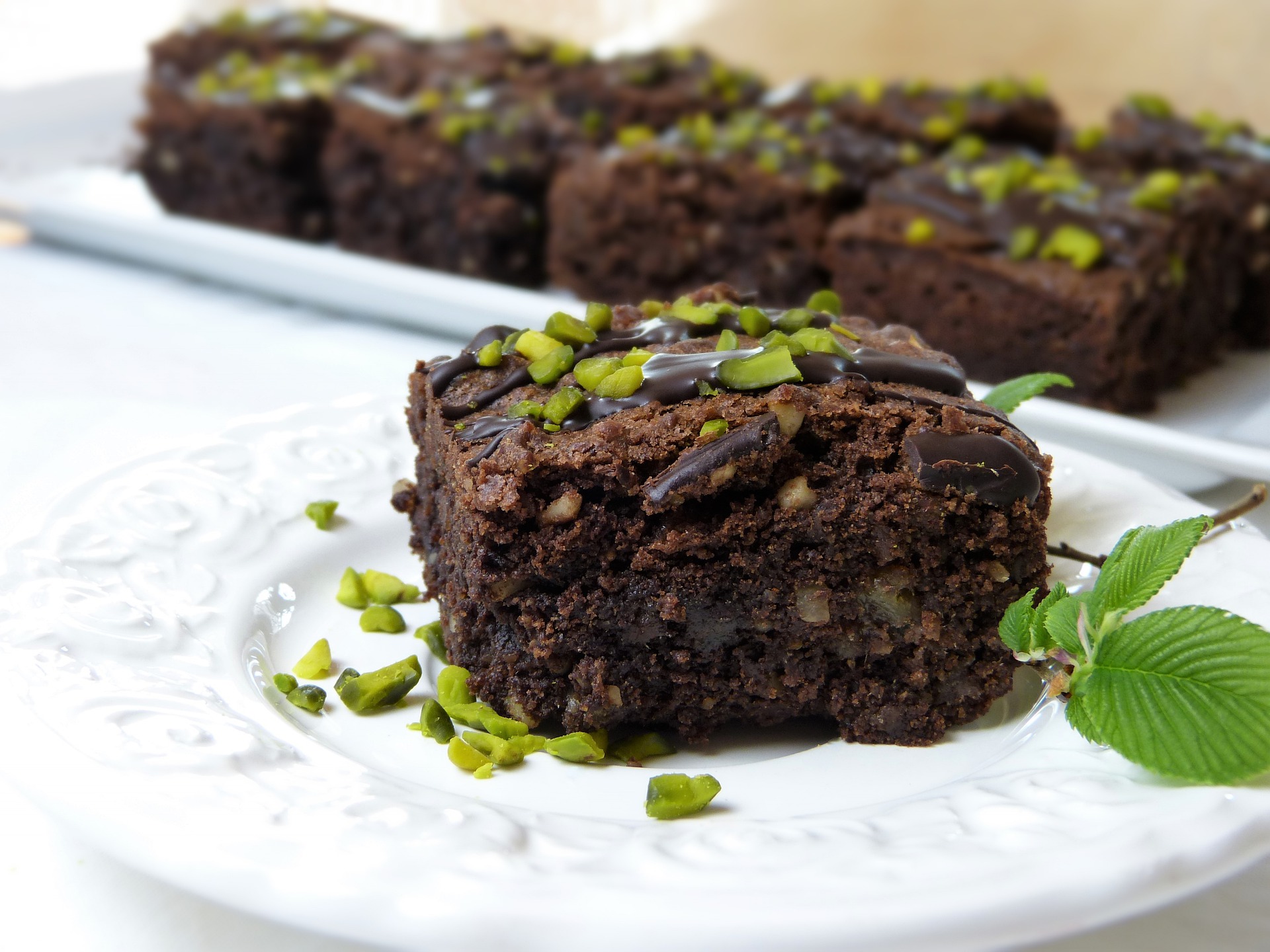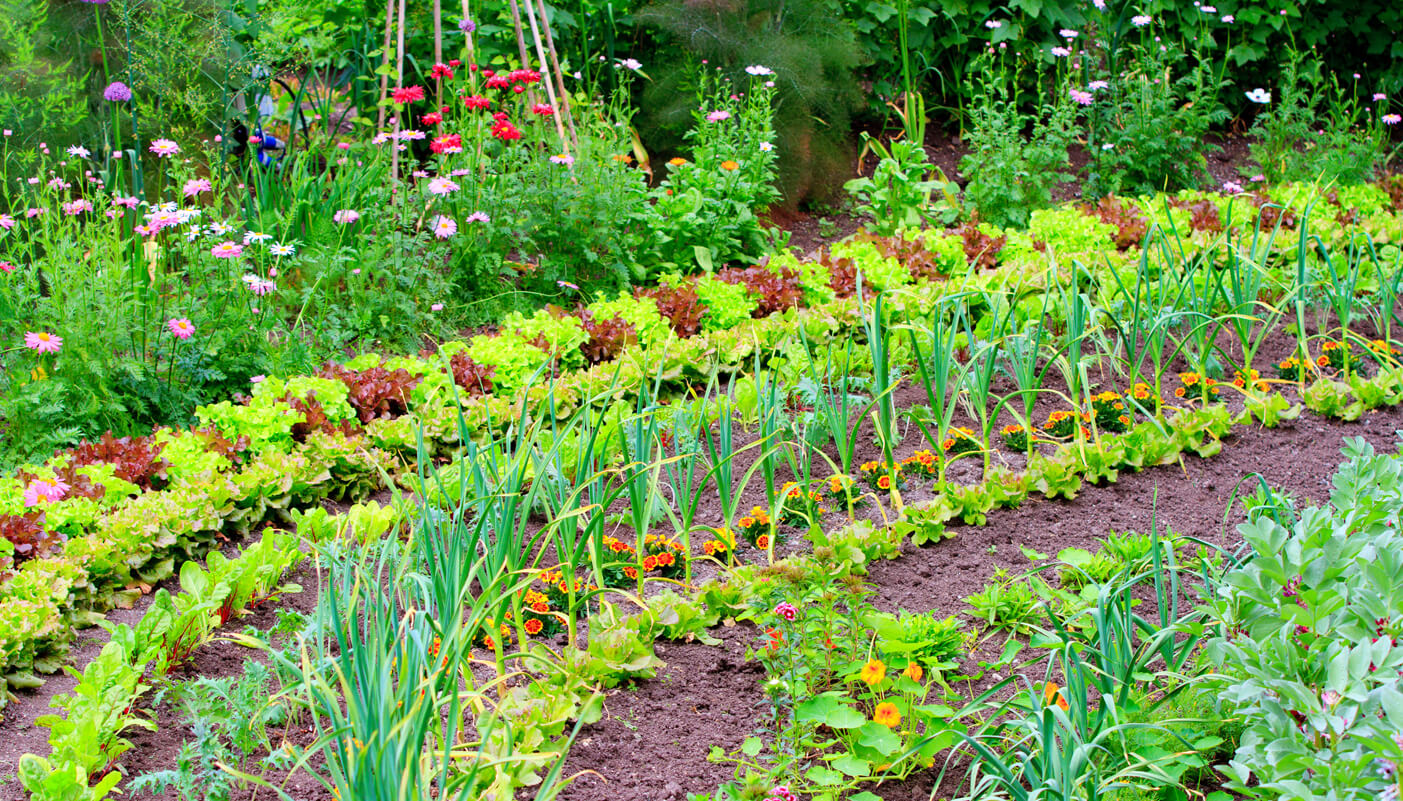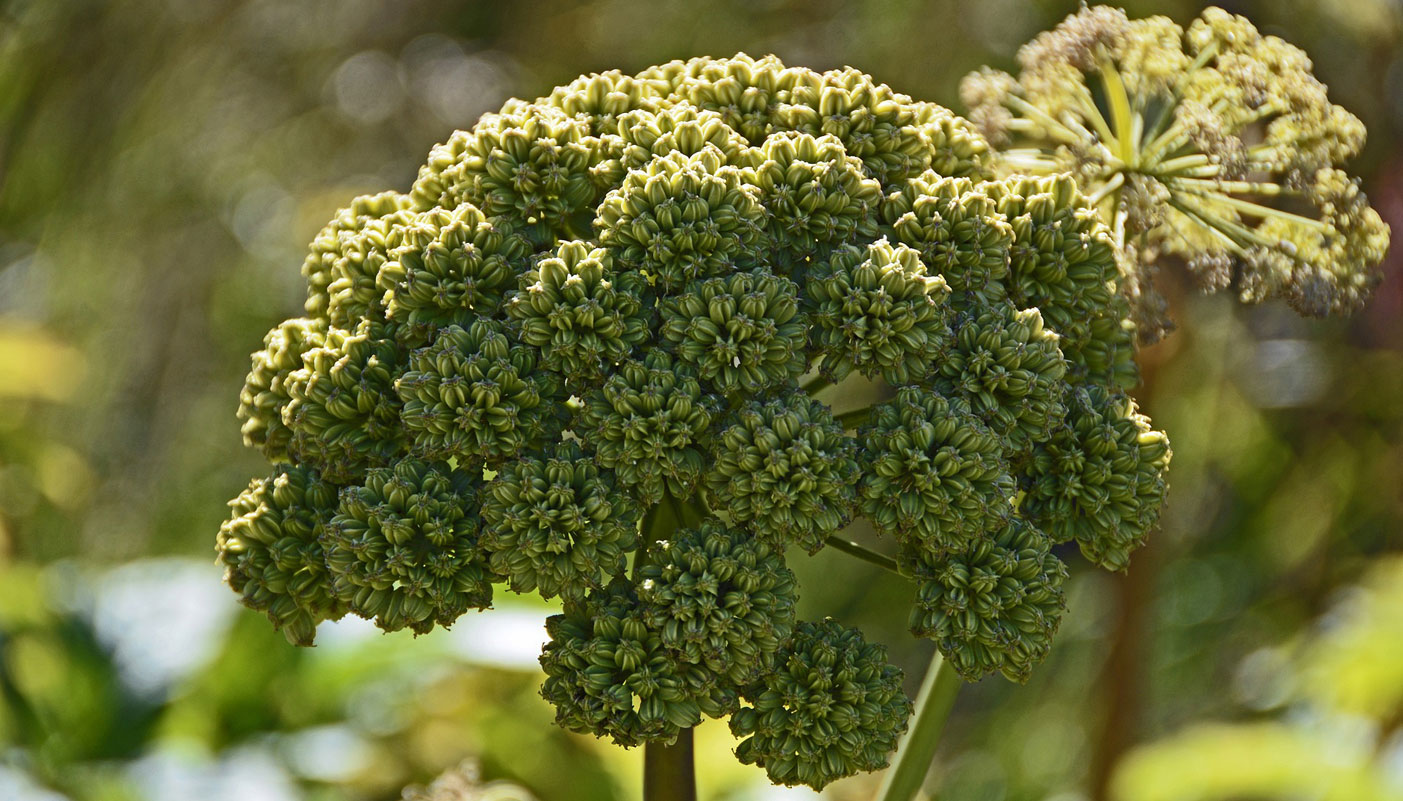Pork is a mildly flavoured meat, making it versatile for a variety of dishes. The gentle flavour means it can be paired with almost anything and even the mildest herbs can drastically change the flavour of your meal.
Pork can be slightly fatty meat so herbs that cut through work well. Fresh herbs can be used as rub, marinade, butter or sauce to enhance the flavour of your dish.
Some herbs can be overpowering in large quantities, so start with a little and build up to suit your taste.
Which Herbs Are Best Paired With Pork?
Great cooking is all about experimenting with flavours. Traditionally, pork pairs best with these herbs and Spices: Sage, Thyme, Rosemary, Caraway Seeds, Mustard Seeds, Fennel, Cloves, Garlic and Parsley.
Our Perfect Pork Pairings
Pork dishes tend to be the most satisfying when they have a balance of sweetness, salt, and smokiness. For instance, roast pork, sage and onion stuffing and apple sauce.
A few flavour additions to add sweetness: apples, peaches, apricots, oranges, pineapple, sweetcorn, fruity salsa, sweet peppers, honey, maple syrup, sweet potatoes, carrots, cherries, brown sugar or cranberries.
Herbs To Go With Roast Pork
Generally, when roasting pork, the easiest way to use fresh herbs is in a rub. This creates a delicious crust around the meat, encasing it in all the amazing flavours so that they cook through as the meat is roasting. This crust also helps to keep your joint moist. Herbs such as garlic, rosemary and sage work really well as a rub.
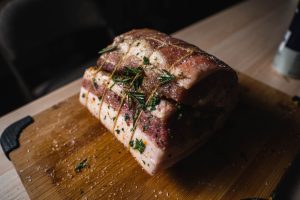
Herbs To Go With Pork Chops Or Steaks
Pork chops or steaks are a quick and easy weeknight meal. Herbs will help to lift these dishes. Pork chops work well with fresh flavours such as fennel, dill, chives, rosemary, garlic, and sage. They can be used in rubs or butter, melted and added as you serve. Fresh herbs can also be used in any side dishes such as buttery mash to pull the flavours together.
Herbs For Pork Casserole
Adding herbs to a casserole is probably the easiest way to use them, just pop them in your pot with the stock. You can also add a few extras as a garnish. Sage, parsley, rosemary, thyme, oregano, garlic, bay leaves (remove these before serving) and mustard all work really well. Choose lighter, fresher herbs for a light summer meal and heartier, stronger herbs for a winter warmer.
Fresh Herb Flavour Profiles
Fresh Sage
Particularly popular in both Italian and British cookery, sage has long, grey-green leaves with a slightly furry surface. Its aroma is intense, and it has a strong, slightly minty, musky taste.
Fresh Thyme
Thyme is a herb that has its own distinct identity. It has a delightful flavour balance between earthy and minty, and citrus-laced, savoury but also sweet.
Fresh Rosemary
Rosemary is one of the most aromatic herbs and has an equally strong taste. The flavour is lemony-pine-like and has also been described as minty, sage-like and peppery. Because of its strong flavour, a little goes a long way.
Fresh Parsley
This fresh, grassy-flavoured herb comes in two main varieties – flat-leaf and curly parsley. It’s often used as a garnish but can be used in cooking to enhance flavours. It has a clean and peppery taste with a touch of earthiness.
Which Herbs Do Not Go Together?
To a large extent the herbs and spices which do not go together are down to individual taste. Learning the flavour of each herb and spice can help to pair your ingredients better. By getting to grips with the flavour of each herb and spice, it is easier to understand how they can complement or work against each other. They may compete and overpower other flavours. You don’t want to waste the more delicate flavours by pairing with something overpowering.
Pork And Herb Recipe
This recipe from BBC Good Food showcases the perfect use of a combination of herbs and spices to create the most flavoursome dish.
Ingredients
2 tbsp fennel seeds
1 tsp black peppercorns
3 garlic cloves, finely chopped
1 large bunch of fresh thyme, leaves only
3 tbsp olive oil
1.5 – 2kg 3lb 5oz – 4lb 8oz piece pork belly (skin on) cut from the slimmer half; skin scored
2 lemons
Method
- Toast the spices in a dry frying pan for a couple of mins. Pound them together in a pestle and mortar with some flaked sea salt, the garlic and half the thyme to make a paste, then mix with 2 tbsp olive oil.
- Lay the pork on a board skin-side down. Rub the herb mix all over the flesh then scatter with the remaining whole thyme leaves. Neatly roll the meat into a joint surrounded by the skin then use butchers’ string to tie the joint tightly at regular intervals to hold the joint together. Cover and chill, leaving to marinate for a few hours or overnight.
- When ready to cook, rub the skin of the joint with plenty of salt and 1 tbsp of olive oil. Put it on a wire rack and roast at 200C/180C fan/gas 6 for 30 mins. After this time, squeeze the lemons over the skin and turn the heat down to 180C/160C fan/gas 4. Roast for a further 2 hrs. Finally, turn the heat back up to 220C/200C fan/gas 7 and give it a final blast for another 30 mins or so, to finish the crisping of the skin. Allow to rest somewhere warm for 20 mins. Carve up into thick slices and serve with your favourite roast dinner accompaniments.
Whatever your favourite meat, recipe and method of cooking, herbs offer a world of opportunity when it comes to creating brand new dishes or a twist on something traditional.






